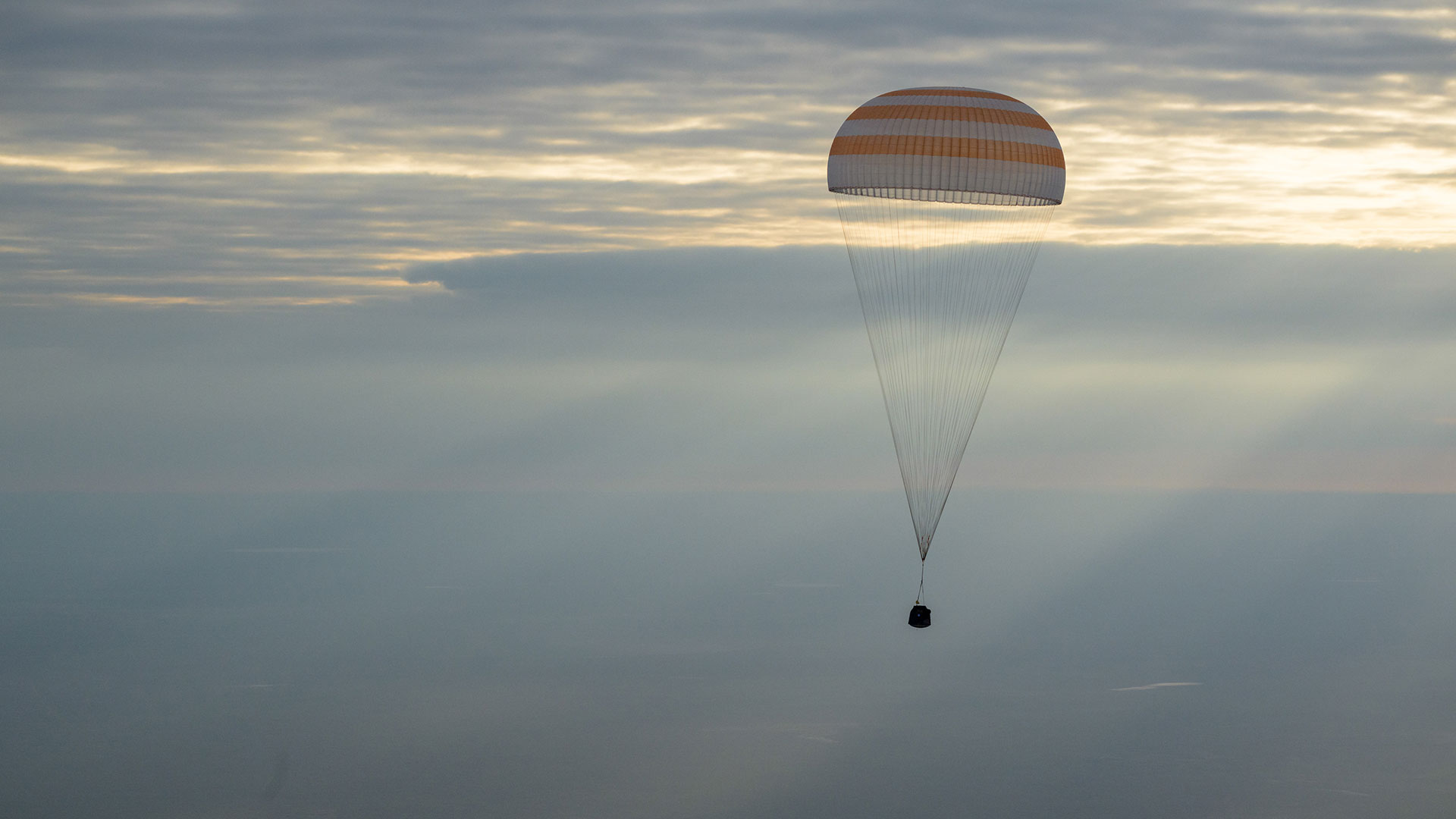Mysterious Mars Mounds Were Liquid-Filled Craters

On Mars, formerly water-filled craters transformed to dry mile-high mounds with the help of wind, according to new research.
The results explain the geography of Gale Crater (the Curiosity rover's landing site) as well as other high-topped places on the Red Planet, and confirm that wind is currently the dominant force in Mars' geology. (Mars has no widespread plate tectonics or liquid water today).
Martian mounds have been known for decades, ever since the NASA Viking program saw them in the 1970s. More recently, the Curiosity rover has performed detailed analysis of the mound in Gale Crater. The data shows that the mound is made of sedimentary (layered) rock. Sediments at the mound's bottom came from water, while those at the top of the mound were laid down by wind.
Mars Rover Finds Gale Crater was Once a Big Lake
It was unclear, however, how the entire mound was formed. To test the theory that perhaps wind created mounds like that found in Gale Crater, researchers created a mini-crater on Earth and put it in a wind tunnel.
The crater was 30 centimeters (12 inches) wide and four centimeters (1.6 inches) deep. After putting damp sand inside, researchers watched the wind shape the sand until it was blown away. Through the process, researchers captured pictures of the "crater" that showed similar shapes to real craters and mounds on Mars.

"We went from a filled crater layer cake to this mounded shape that we see today," said lead author Mackenzie Day, a graduate student at the University of Texas at Austin Jackson School of Geosciences, in a statement.
Get the Space.com Newsletter
Breaking space news, the latest updates on rocket launches, skywatching events and more!
Results were backed up by a computer model showing the wind's movements through the crater as it progressed through different erosion stages. Researchers also pointed out that the mounds' structure — with water-borne sediments on the bottom, and wind-borne at the top — again shows evidence of a warmer, wetter Mars in the distant past.
Watching the Sunsets of Mars Through Robot Eyes
Analysis of 30 mounds on Mars nails down their deposition to the Noachian period 3.7 billion years ago, as the mounds are only seen on terrain that was available at that time. The Noachian is thought to represent the boundary period between Mars' wet past and dryer present.
The study was published in Geophysical Research Letters.
Originally published on Discovery News.
Join our Space Forums to keep talking space on the latest missions, night sky and more! And if you have a news tip, correction or comment, let us know at: community@space.com.

Elizabeth Howell (she/her), Ph.D., was a staff writer in the spaceflight channel between 2022 and 2024 specializing in Canadian space news. She was contributing writer for Space.com for 10 years from 2012 to 2024. Elizabeth's reporting includes multiple exclusives with the White House, leading world coverage about a lost-and-found space tomato on the International Space Station, witnessing five human spaceflight launches on two continents, flying parabolic, working inside a spacesuit, and participating in a simulated Mars mission. Her latest book, "Why Am I Taller?" (ECW Press, 2022) is co-written with astronaut Dave Williams.









